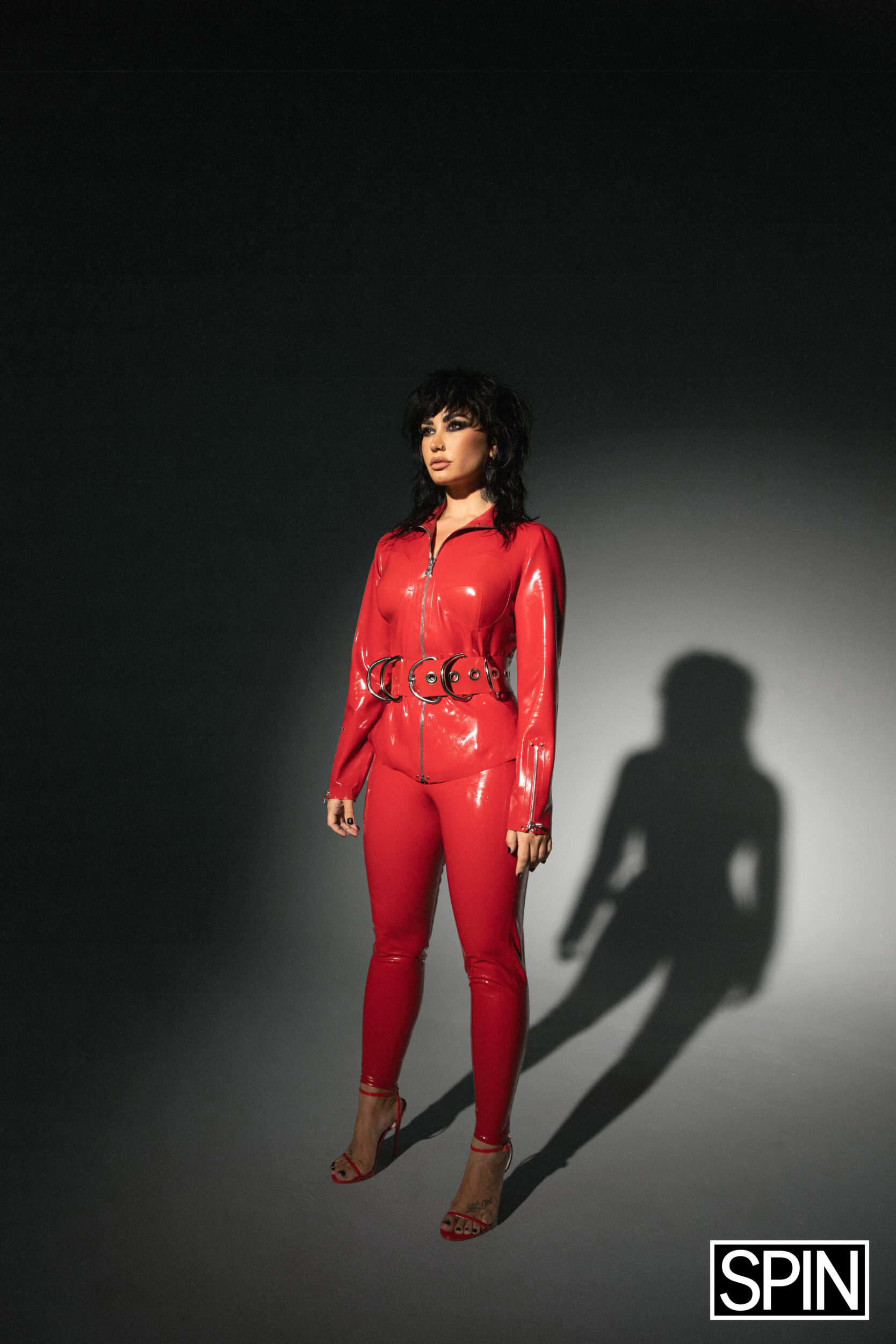
Over three different documentaries released from 2012-2021, and countless interviews during her career, Lovato has done a lot of explaining. Born in Albuquerque, New Mexico, she was raised in Dallas by her mother, Dianna de la Garza, and her stepfather, Eddie de la Garza. The singer had a strained relationship with her birth father, Patrick Lovato, due to his mental health and addiction issues up until he died in 2013.When Lovato was 10, she started acting on Barney & Friends and singing locally around Dallas. During an open casting call, Lovato secured her breakout role as Mitchie Torres in Disney Channel’s 2008 movie musical Camp Rock, leading to her first entry on the Billboard Hot 100 with the film’s song “This is Me” and her signing with Hollywood Records.Within a few months, Lovato released her debut album, the pop-rock-heavy Don’t Forget, co-written with the Jonas Brothers. In a year, the then-17-year-old had become a full-fledged Disney superstar, leading the network’s sitcom, Sonny with a Chance; acting as a co-lead with Selena Gomez in Disney’s Princess Protection Program; releasing her sophomore album, Here We Go Again. “I wanted to establish myself as a musician, not just the girl from Camp Rock,” she said at the time.
Lovato’s star was on the rise, but privately she was in turmoil. By the time she turned 18, she had spent years dealing with depression and an eating disorder. She self-medicated by using drugs and alcohol to cope with the pressure of an increasingly demanding career. In Dancing with the Devil, she also revealed that she had been raped at 15 by a fellow Disney actor who was never punished, further exacerbating her mental health issues. She entered treatment for the first time in 2010, spending the next eight years juggling her massively successful post-Disney recording career with her tenuous sobriety.”I would sneak out, get drugs. I would fake my drug tests with other people’s pee,” she revealed in her 2017 YouTube documentary, Simply Complicated. “I wasn’t working my program. I wasn’t ready to get sober. I was sneaking it on planes, sneaking it in bathrooms, sneaking it through the night. Nobody knew.”When Lovato wrote and recorded much of her last album, she was “California sober”—a controversial approach that some don’t consider sobriety at all because it allows for the moderate consumption of weed. (The parameters of the approach can vary from person to person, and Lovato also consumed alcohol in moderation.) Upon sharing this in her documentary, Lovato was immediately met with skepticism and concern from her family and friends, including Elton John, who has been sober for 32 years.“Moderation doesn’t work, sorry,” he said matter-of-factly in the Dancing with the Devil documentary. “If you drink, you’re going to drink more. If you take a pill, you’re going to take another one. You either do it or you don’t.”For most of her life, Lovato had struggled to find a sense of balance. “I’ve always been an all-or-nothing person,” she says, thinking back on her childhood. Her mother, a former Dallas Cowboys cheerleader who also struggled with an eating disorder, began entering Demi in beauty pageants when she was 7. “My self-esteem was completely damaged from those beauty pageants,” she shared in the first episode of her documentary. “I remember making a pact with myself saying, ‘If I don’t win this pageant, I will never eat again.’”After she was hospitalized, the singer knew she needed moderation in her life to keep her grounded. When it came to food, she allowed herself to enjoy meals, to indulge without feeling the regret that had become so intertwined with eating. It was so freeing that she thought she could try approaching addiction in a similar way. Maybe, she reasoned, the all-in outlook she’d had toward sobriety is where she had gone wrong before.
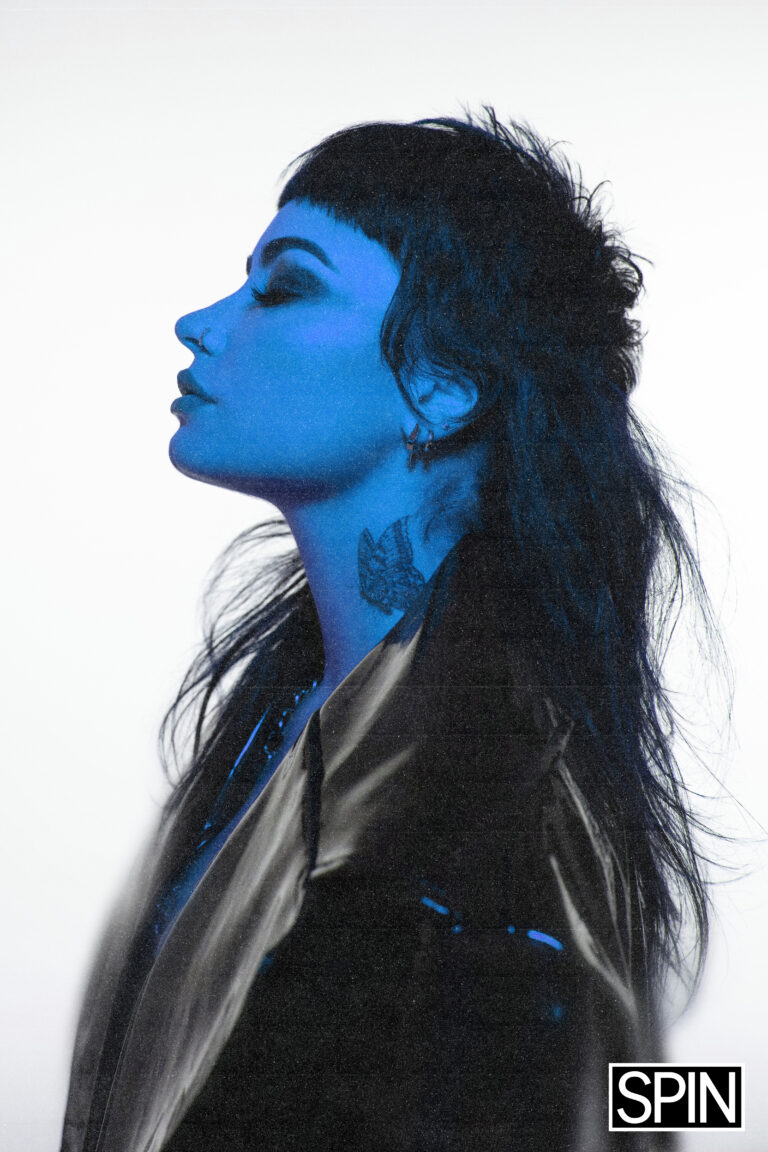
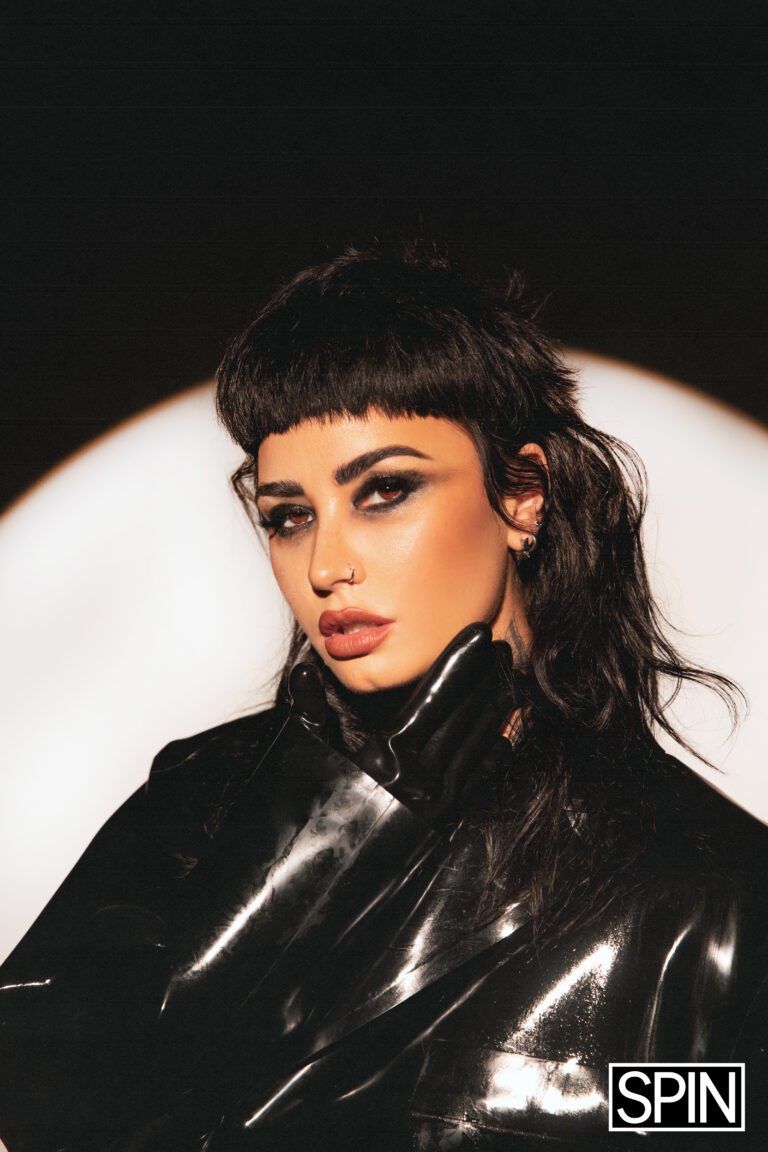
By November 2021, Lovato decided to change.She entered treatment, announcing the following month on her Instagram stories, “I no longer support my ‘California sober’ ways.” she wrote. “I’ve had my ups and downs with sobriety,” she says now. “But sober is the only way for me to be.” Having reconsidered sobriety, it was only natural for Lovato to reconsider Dancing with the Devil too. Since its release, she hadn’t listened to the album much. And when she imagined touring, she couldn’t quite picture singing most of the songs onstage — not because she wasn’t proud of them, but because they no longer felt like her.“I feel like Dancing with the Devil didn’t encompass who I am,” she says. “It was made at a time when I was smoking a bunch of weed. I was just in a position where I wasn’t sure of who I was, personally and artistically.”The process of growing up and finding herself wasn’t straightforward. Like many other child stars, her adolescence was muddled by the dueling roles Lovato had to play publicly and privately. Behind the scenes, she was a teenager bearing the responsibility of acting as the primary financial provider for her family and the emotional scars of her birth father’s substance abuse issues. But in the spotlight, she was “Mitchie” from Camp Rock, the Disney singer who had an innocent, approachable image to maintain.
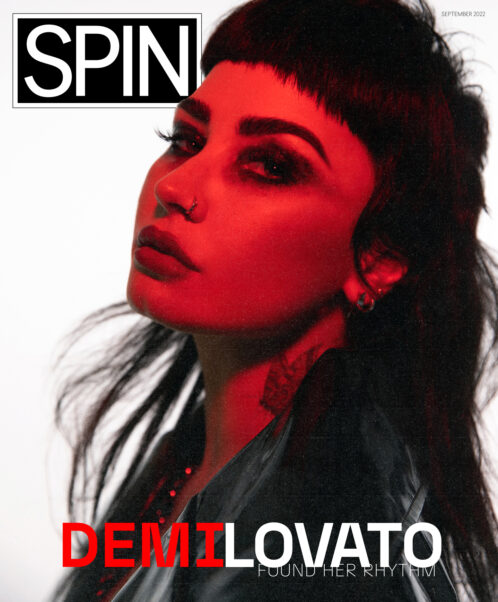
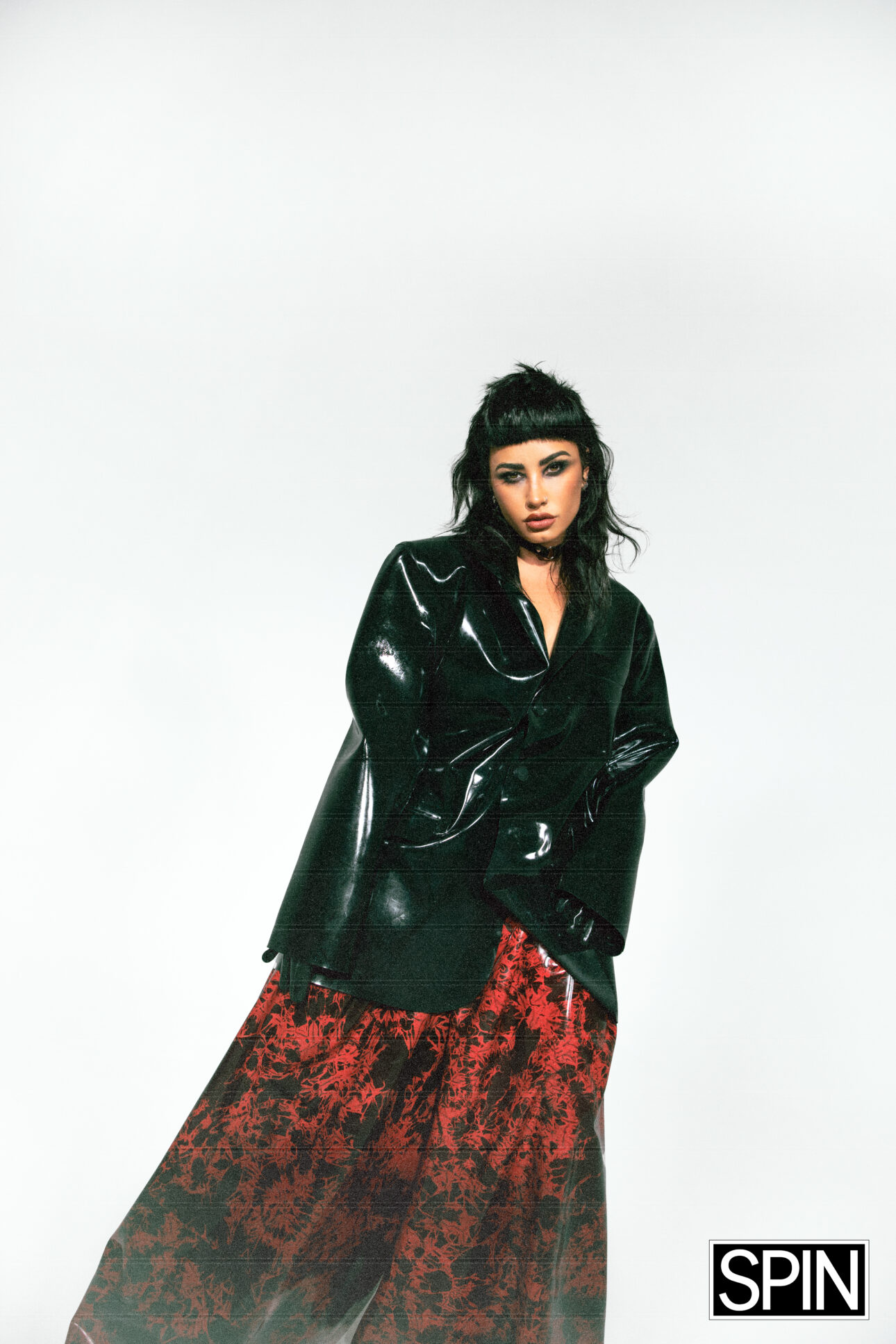
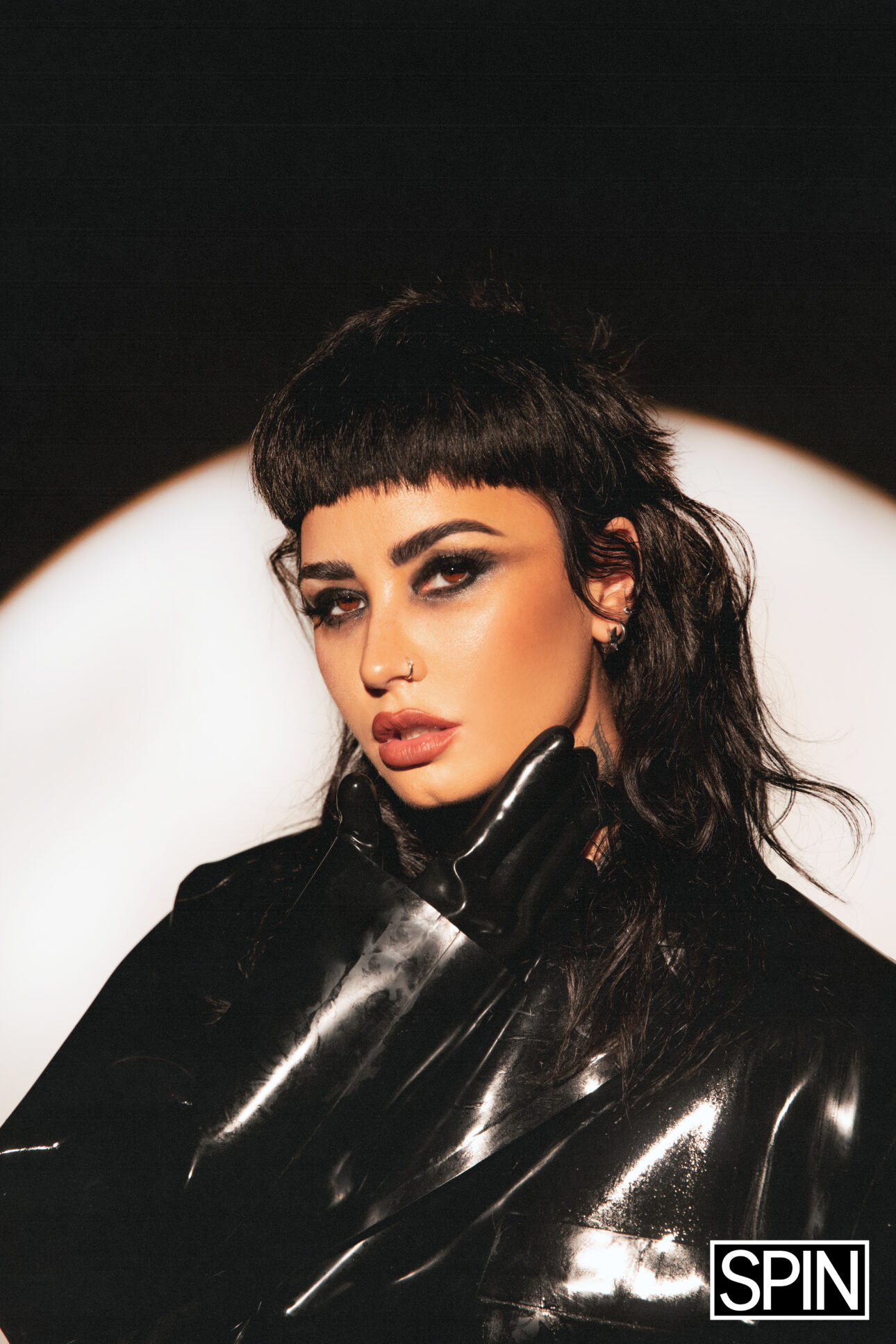 Photo Credit: Angelo Kritikos
Photo Credit: Angelo Kritikos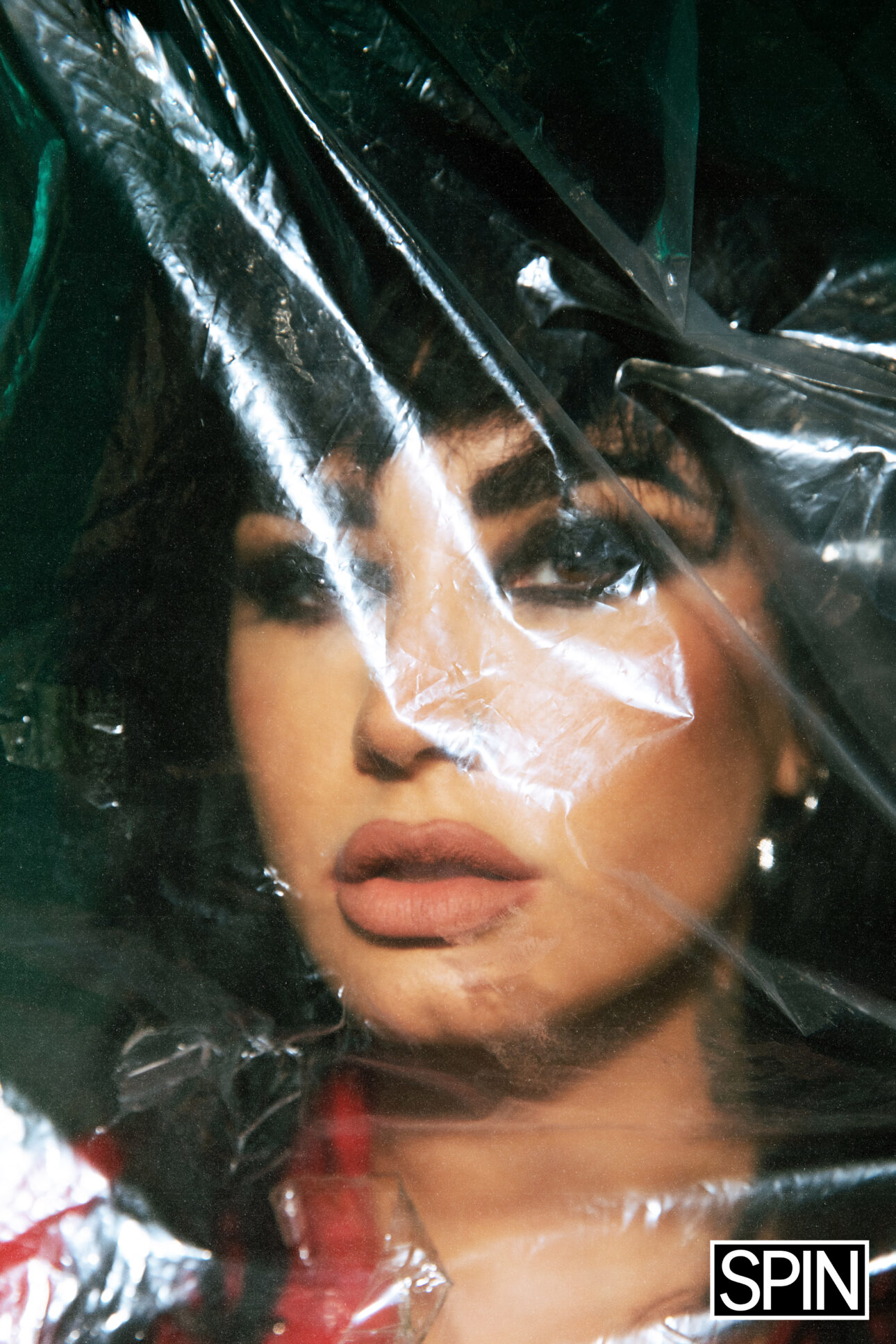 Photo Credit: Angelo Kritikos
Photo Credit: Angelo Kritikos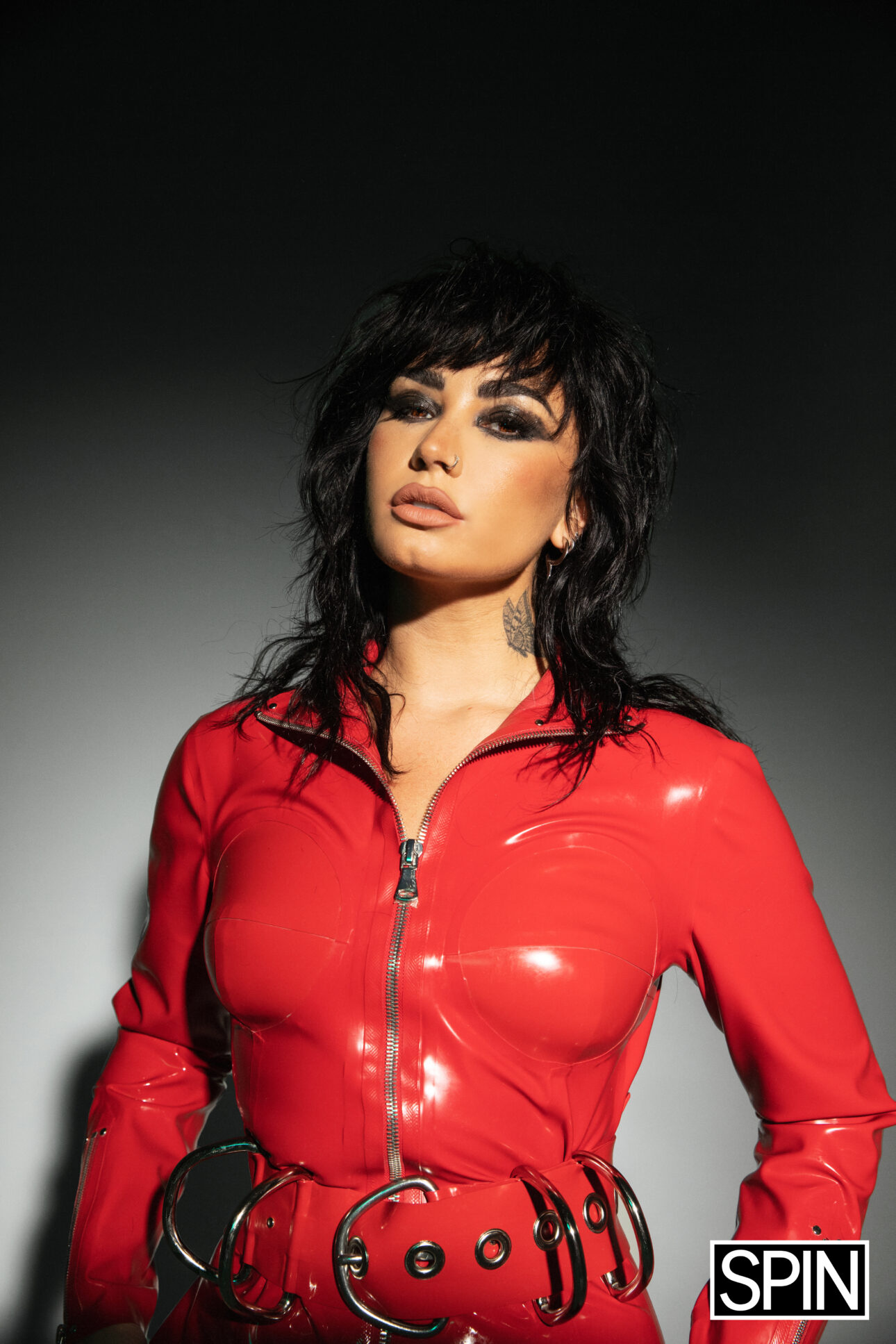 Photo Credit: Angelo Kritikos
Photo Credit: Angelo Kritikos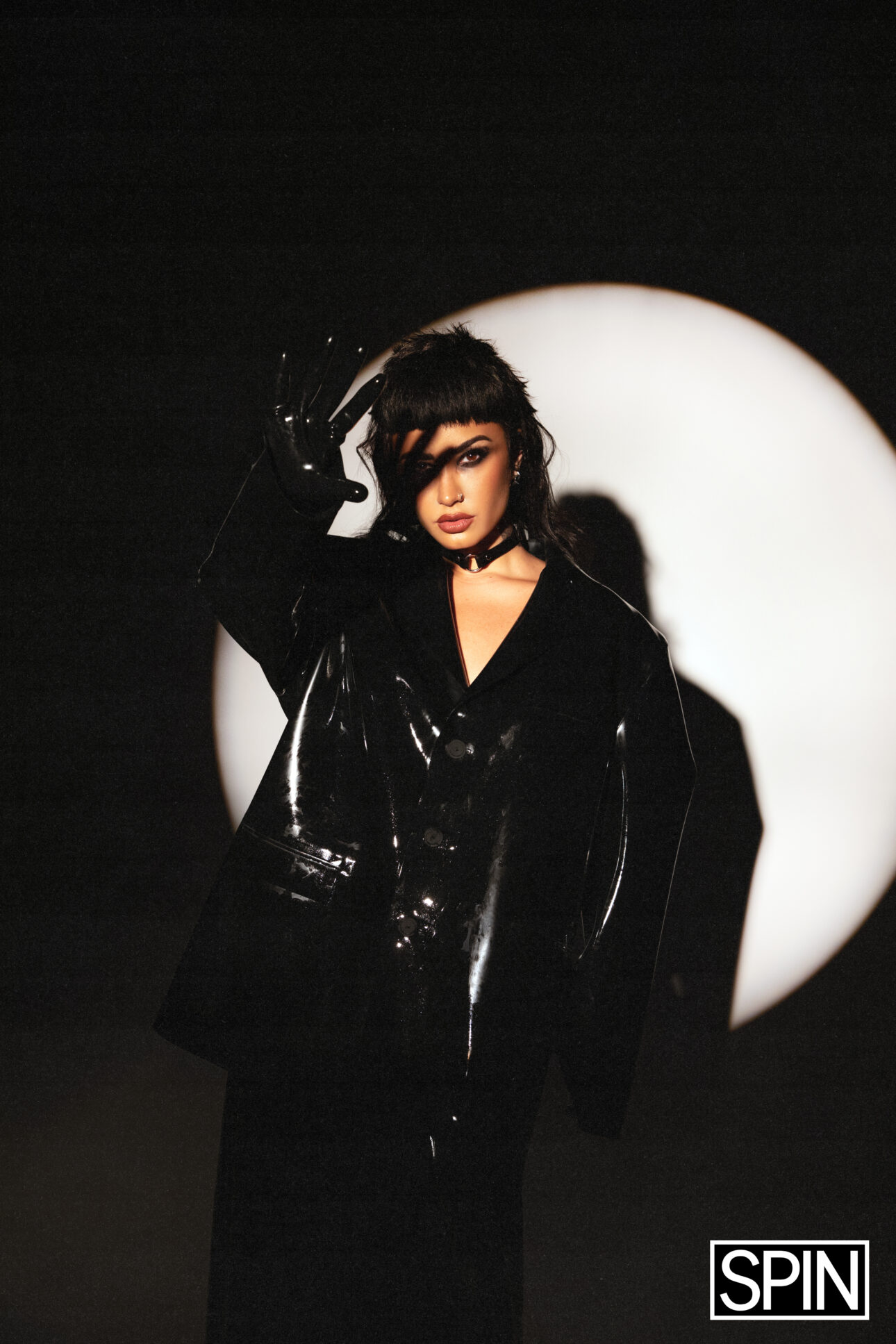
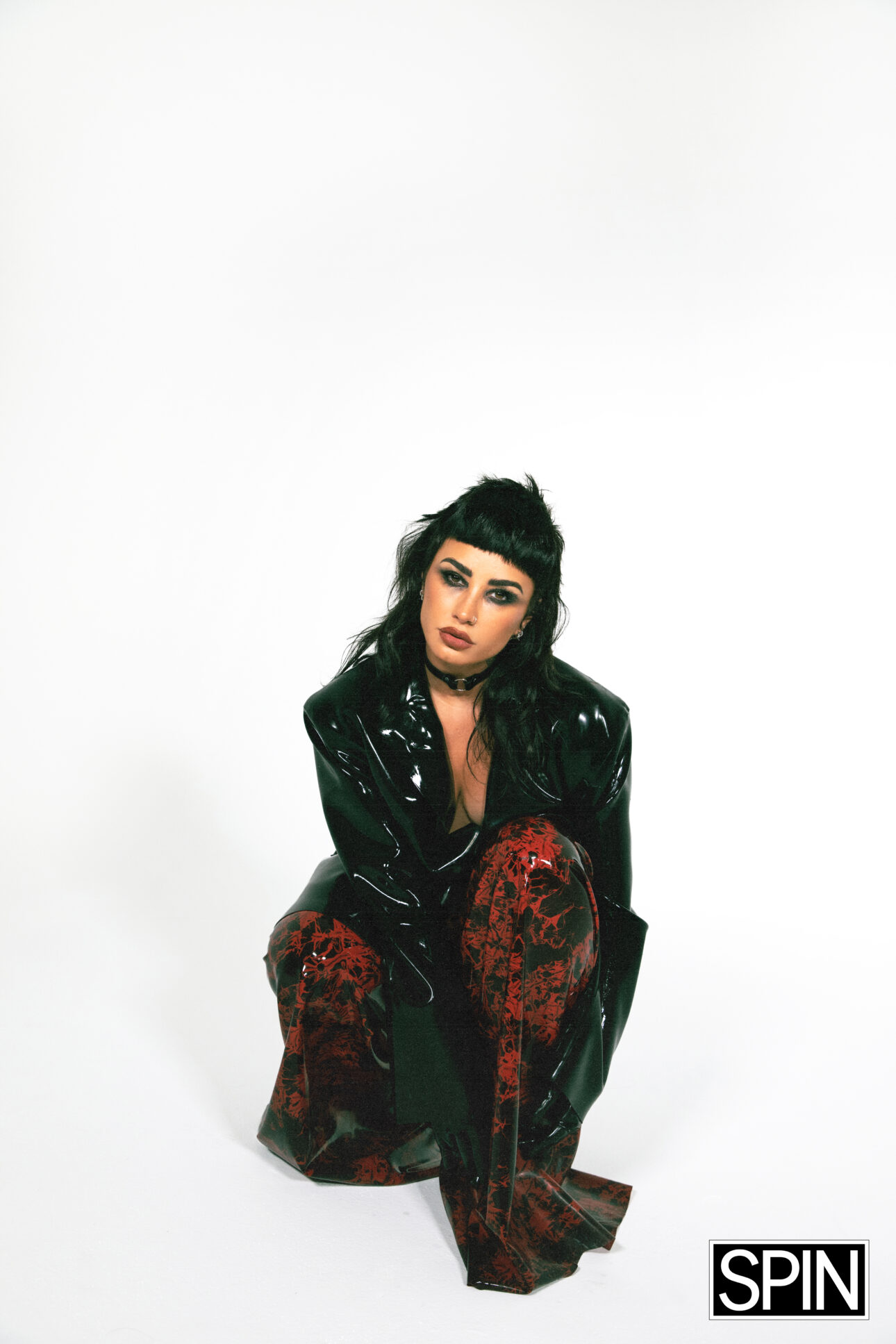 Photo Credit: Angelo Kritikos
Photo Credit: Angelo Kritikos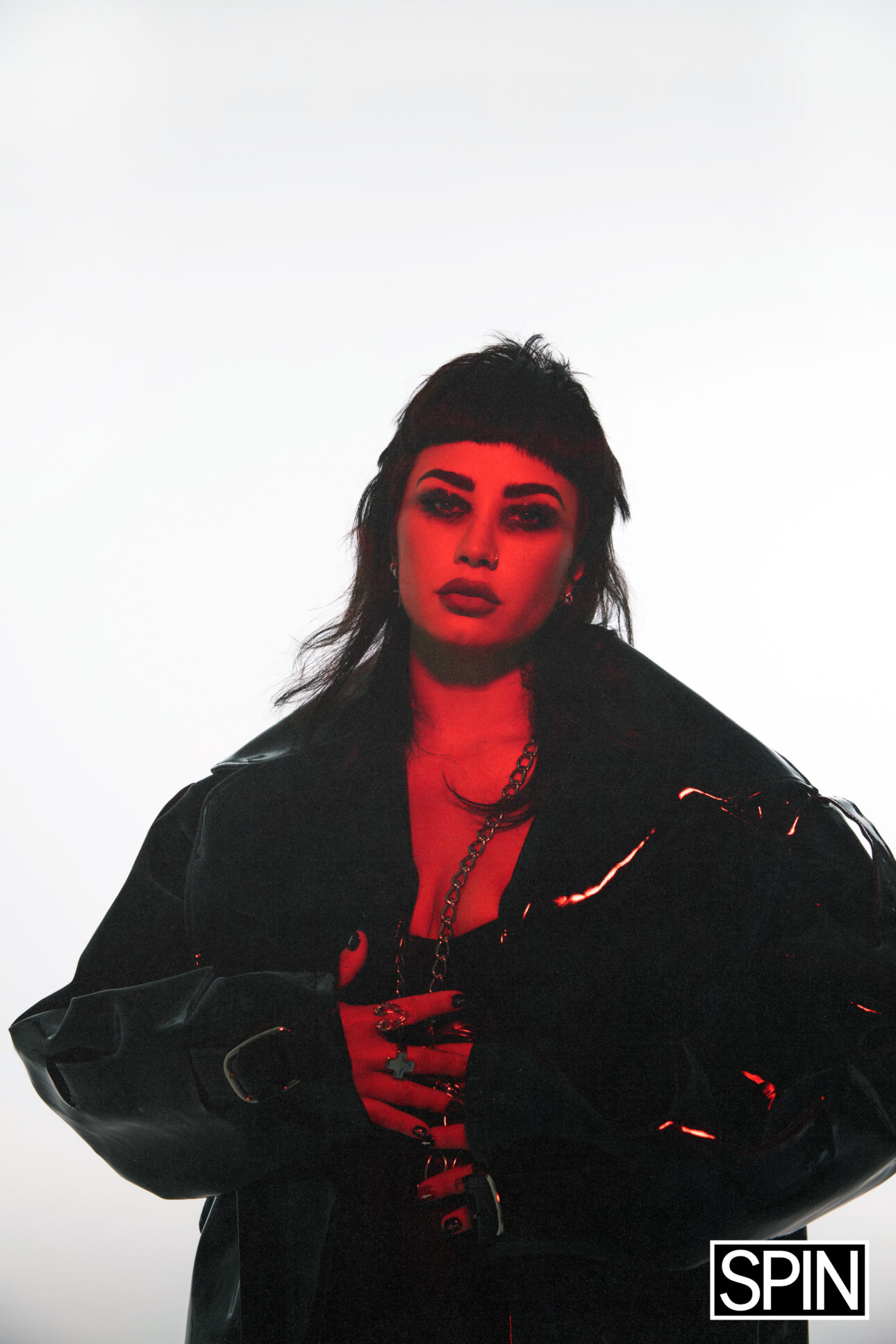 Photo Credit: Angelo Kritikos
Photo Credit: Angelo Kritikos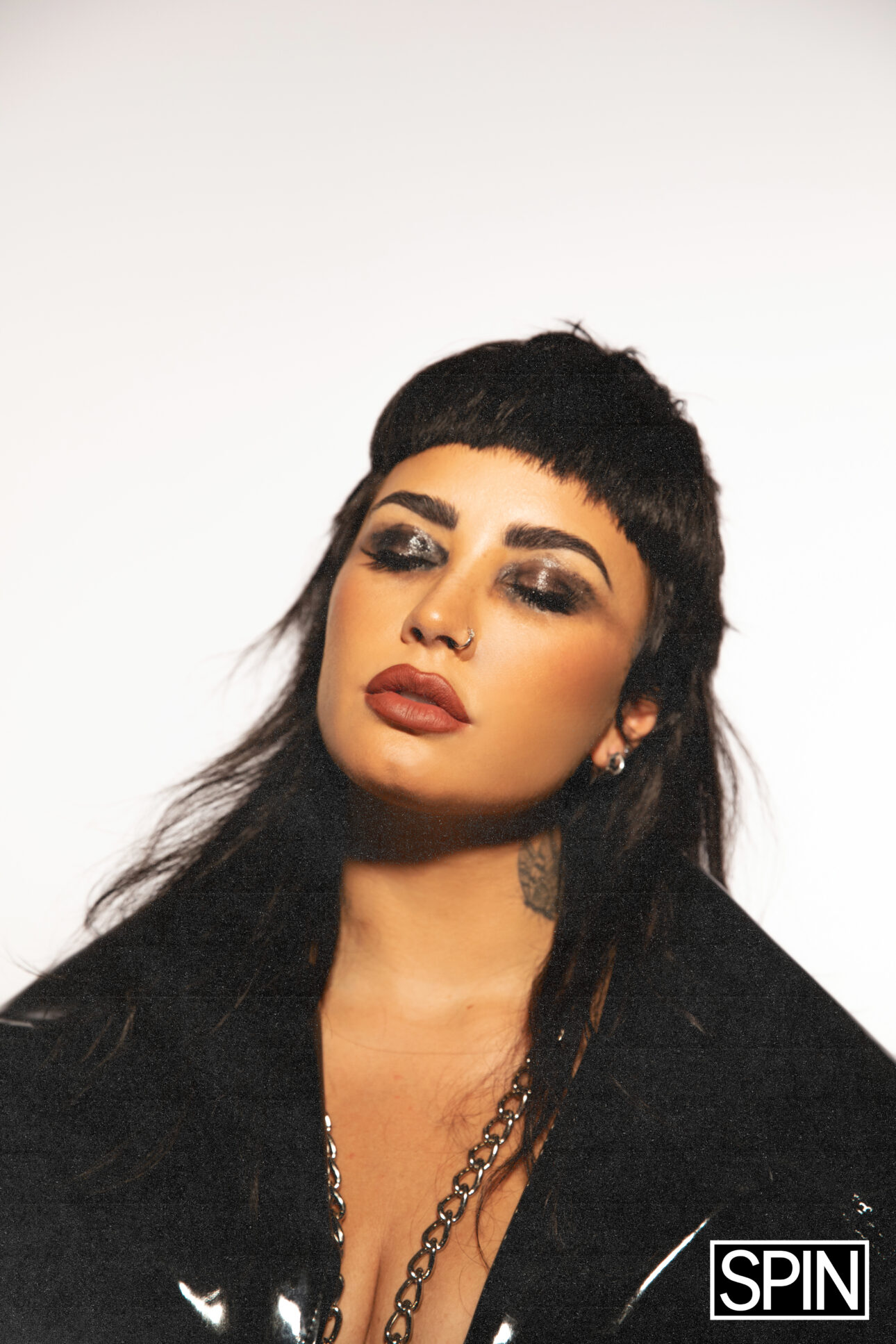 Photo Credit: Angelo Kritikos
Photo Credit: Angelo Kritikos